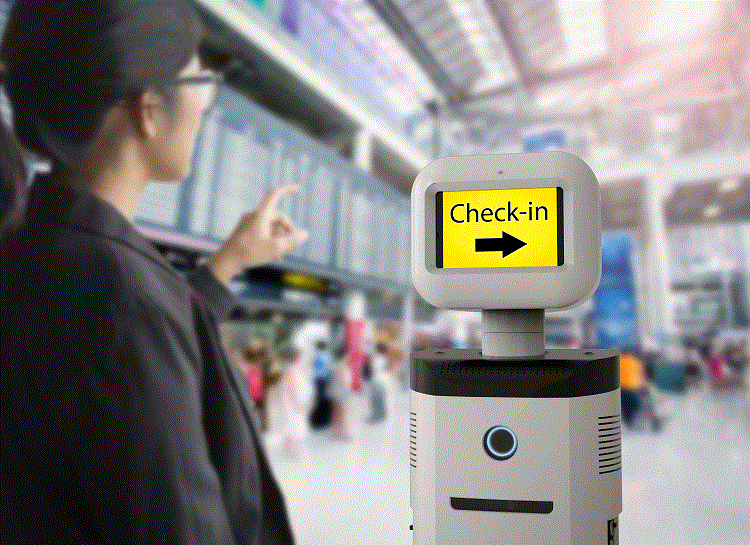Artificial Intelligence (IA) Technologies: What’s at Stake and Why

On April 21, 2021, the European Commission proposed new rules and actions on the development and use of artificial intelligence (AI) systems with the stated objective to “turn Europe into the global hub for trustworthy artificial intelligence”.
Following a risk-based approach, the proposals will ban those AI systems considered a clear threat to the safety, livelihoods and rights of people. Others will be rated on a risk scale from high to minimal. In particular, all remote biometric identification systems are considered high risk and subject to strict requirements.
Secure Identity Alliance (SIA), whose members are European and global leaders in this fast-emerging space, are supportive of the principles to ensure excellence and trust in AI systems, and believe a fit-for-purpose framework has the potential to become an adopted standard around the world – as has been the case with the General Data Protection Regulation.
However, SIA believes that the rules governing the development and provision of AI systems should be proportionate.
As the proposals stand today, there is a concern that some rules threaten to stifle innovation and therefore undermine the stated goals of the Commission and the position of Europe as a leader in this critical field of technology.
Ex-ante conformance assessment threat to IP & sovereignty
AI systems intended to be used for real time, remote biometric identification are classified as high-risk under the proposals and would require an ex-ante conformance assessment. This, SIA believes, represents a threat to Intellectual Property if not properly managed with trusted third parties – a concept to be clarified.
This may have a negative impact on the levels of AI system functionality and performance available to European users and government agencies such as national security and law enforcement agencies as developers may choose to bring lower performance, less IP-sensitive versions of their technology to the EU in order to avoid the risk of IP leakage.
In addition:
• The rules imply a requirement to grant assessors access to sensitive data that are covered by non-disclosure agreements, and would seem to run contrary to GDPR compliance
• Similarly, the rules include a clause granting access through APIs. This represents a significant vulnerability in terms of IT security, and a significant expense for developers
The rules lack critical definitions when it comes to identifying what a ‘relevant, representative, free of errors and complete’ training dataset is. At the same time, there is little scientific evidence that simply balancing training datasets removes the need for ex-post performance assessment, (ex post assessment being the state of the art practice for performance but also since a few years for bias measurement as well).The EU should facilitate the access to high data quality for training purposes, for instance by fostering the set-up of a large EU test database, with the adequate control / encryption systems, that could be used by the respective EU players to train their AI algorithms.
AI definitions creating an uneven playing field
While the definition of AI is necessarily wide in the existing draft, trying to define an emerging technology is challenging. Any definition could be rendered obsolete as new techniques emerge and are implemented.
This would create a significant distortion of competition between developers of AI applications as per definition of the draft, and those developers leveraging other, more modern techniques, not directly addressed by the regulation for the same, potentially high-risk applications. By specifying what AI is and what it is not, the proposals threaten the EU goal of a wide-reaching, technology agnostic regulation.
Building an advanced ecosystem
SIA supports the provision of legal, trusted identity for all and the development of inclusive digital services. AI-enabled biometrics is already a key and growing part of this environment – providing considerable benefits to citizens, commercial organisations (such as airlines and transport providers) and to law enforcement.
To facilitate greater leadership in this space, SIA strongly believes that Europe must seize the opportunity to structure an advanced ecosystem for biometric performance assessment, akin to the National Institute for Standards and Technology, under the US Department of Commerce. Building this capability requires considerable scientific and technical expertise which EU can fulfill through its vibrant academic and not-for-profit ecosystem.
As an expert and globally recognised not-for-profit organisation, SIA is ready to work with the EU – offering the combined support of its members in evolving proposals to ensure a fit-for-purpose and future proofed approach that will indeed drive growth of this important sector across the EU.

